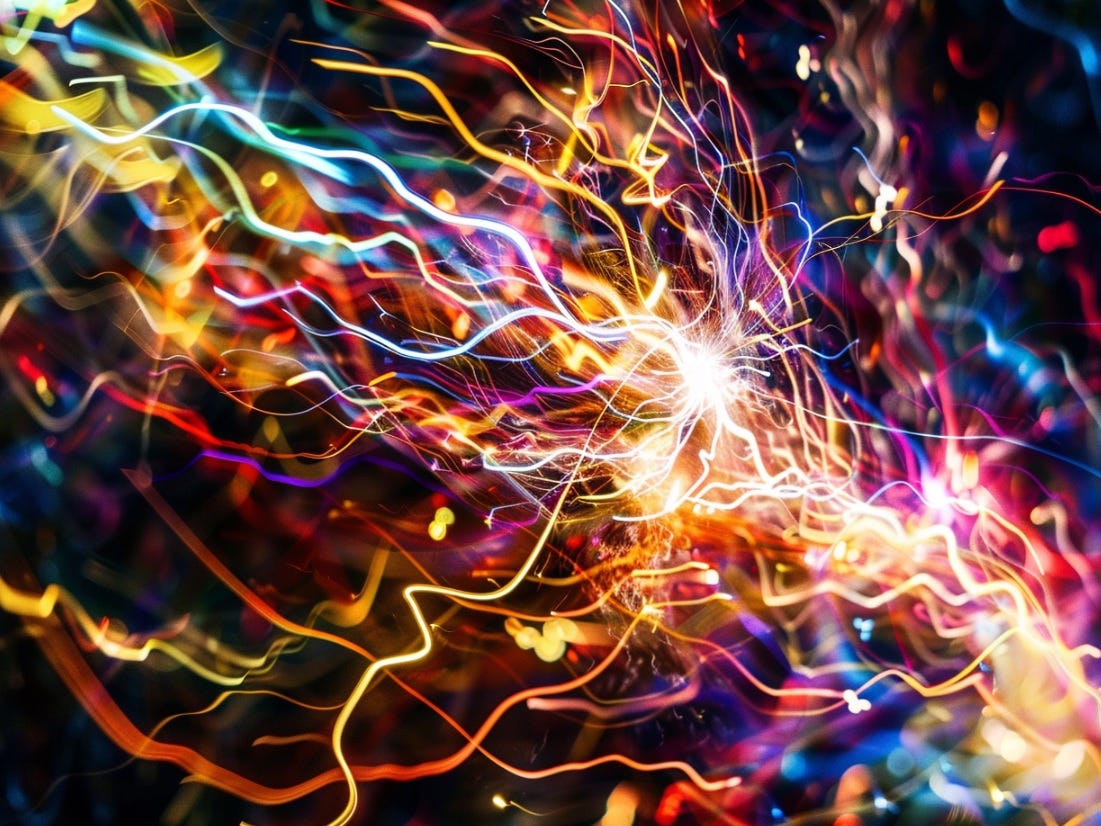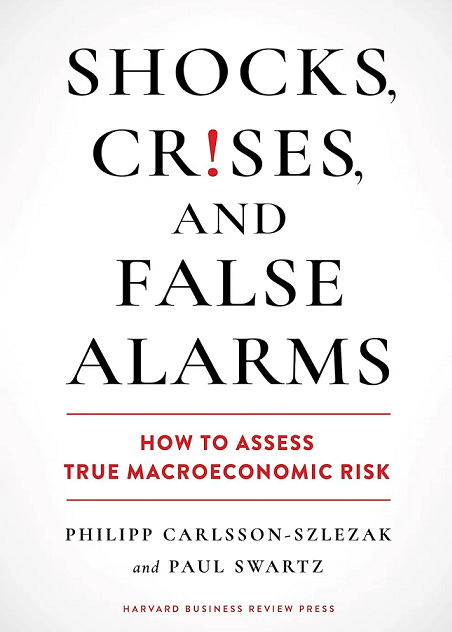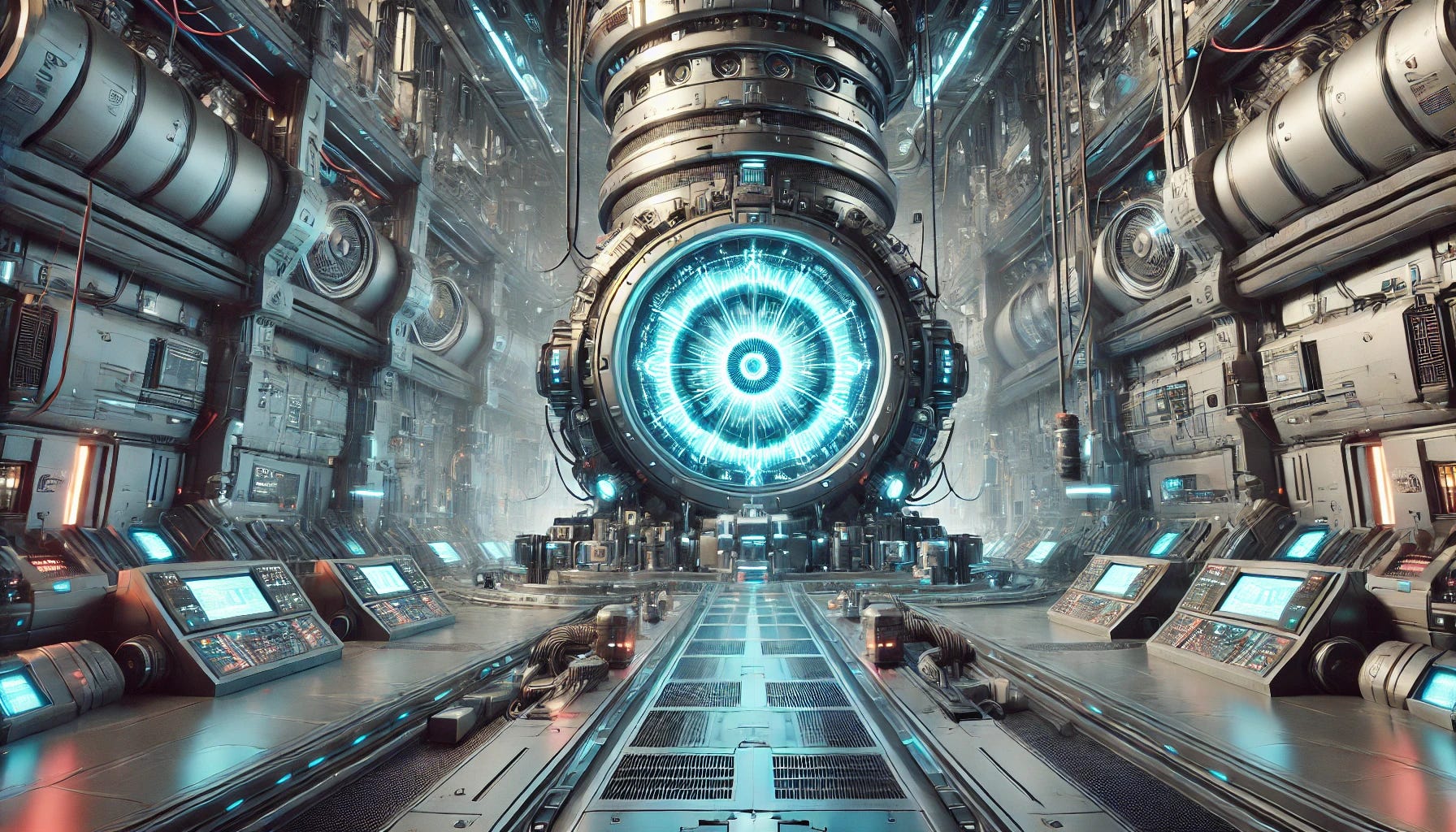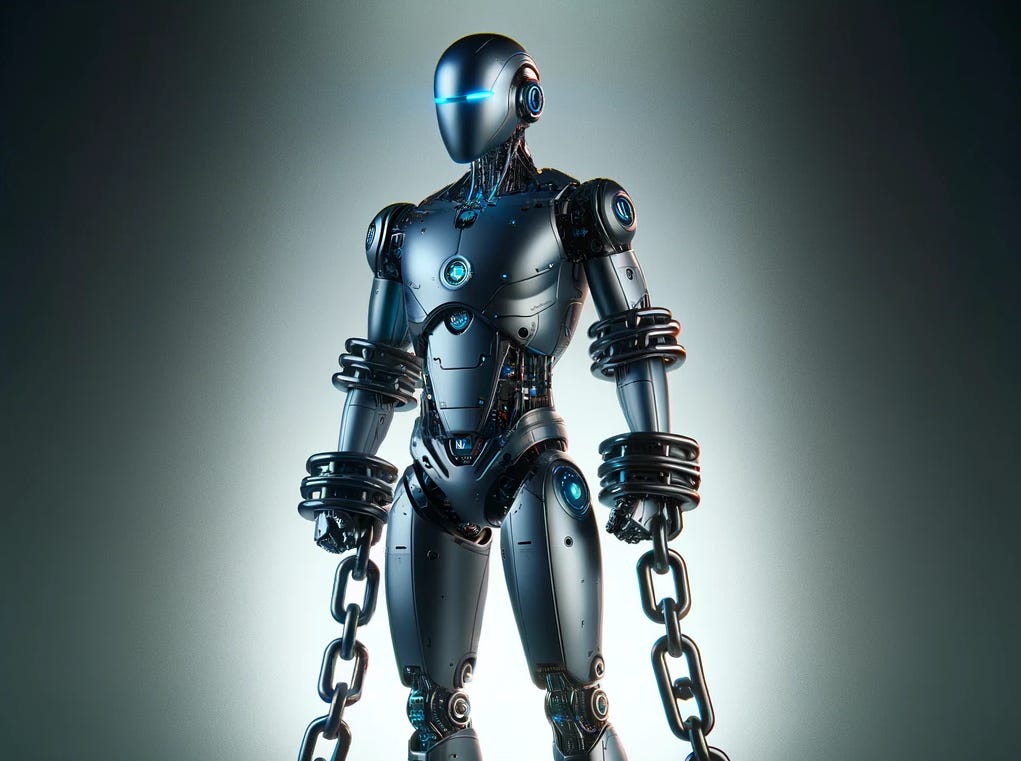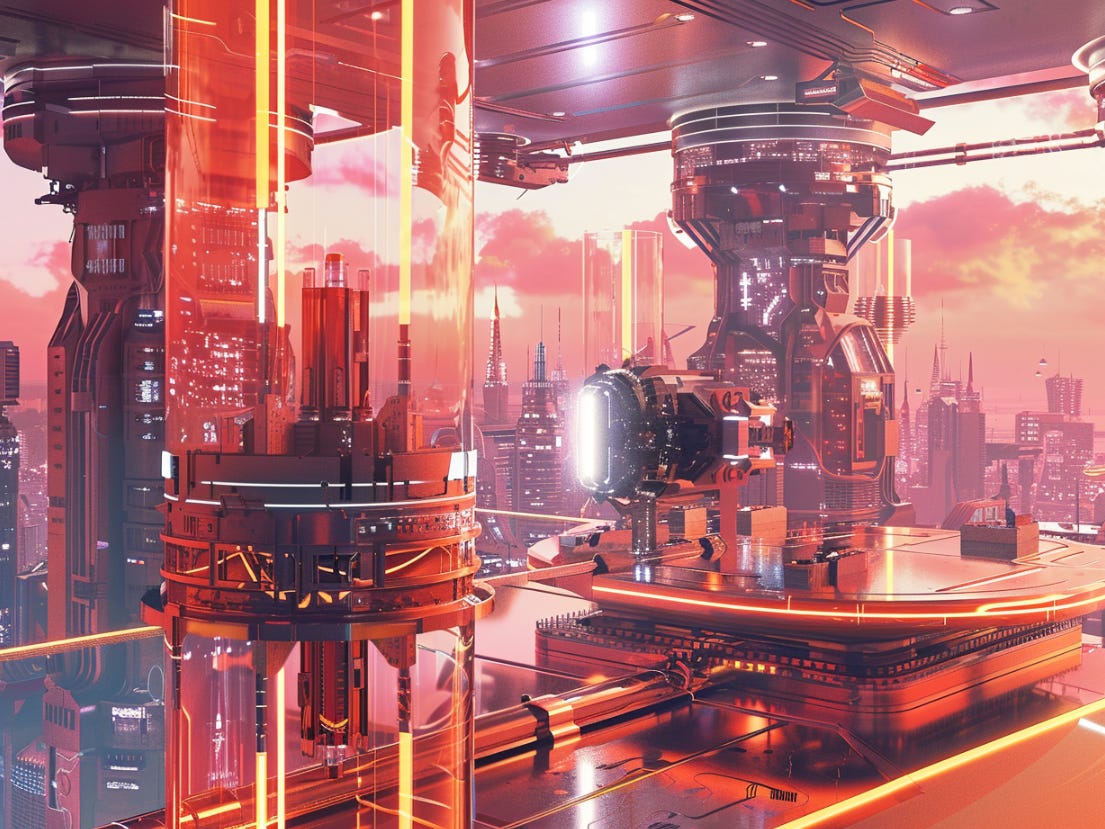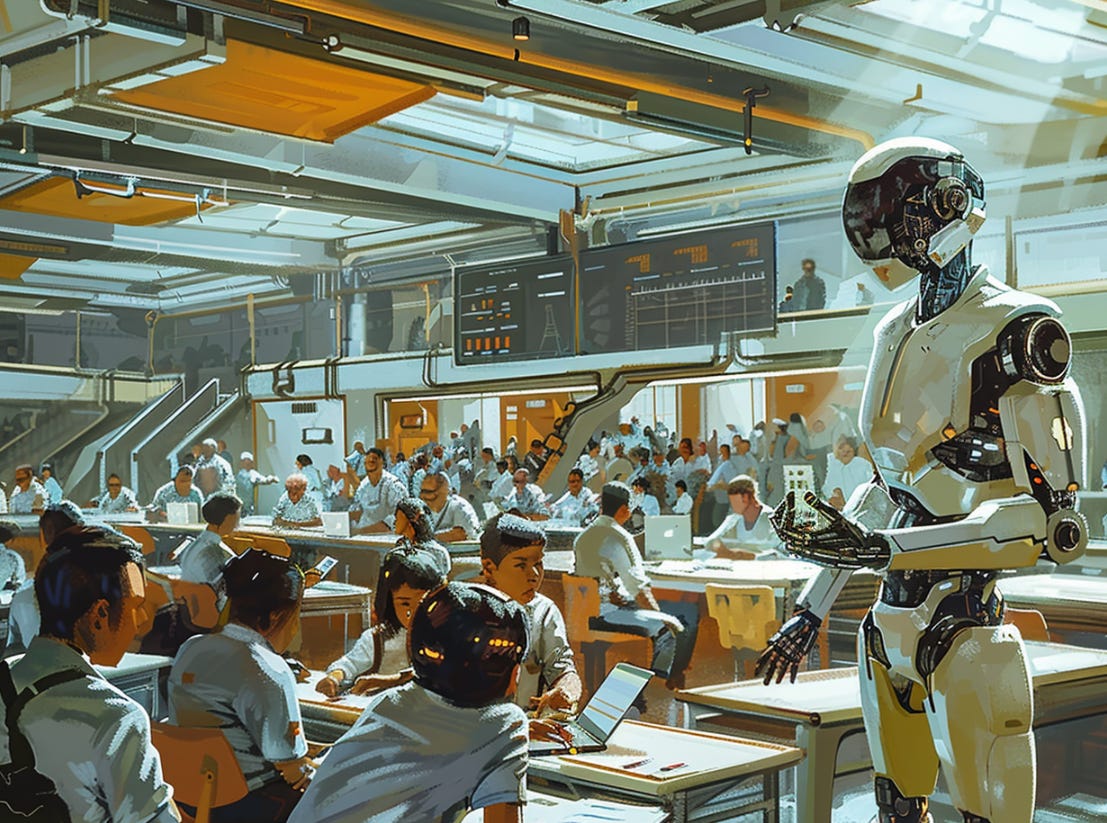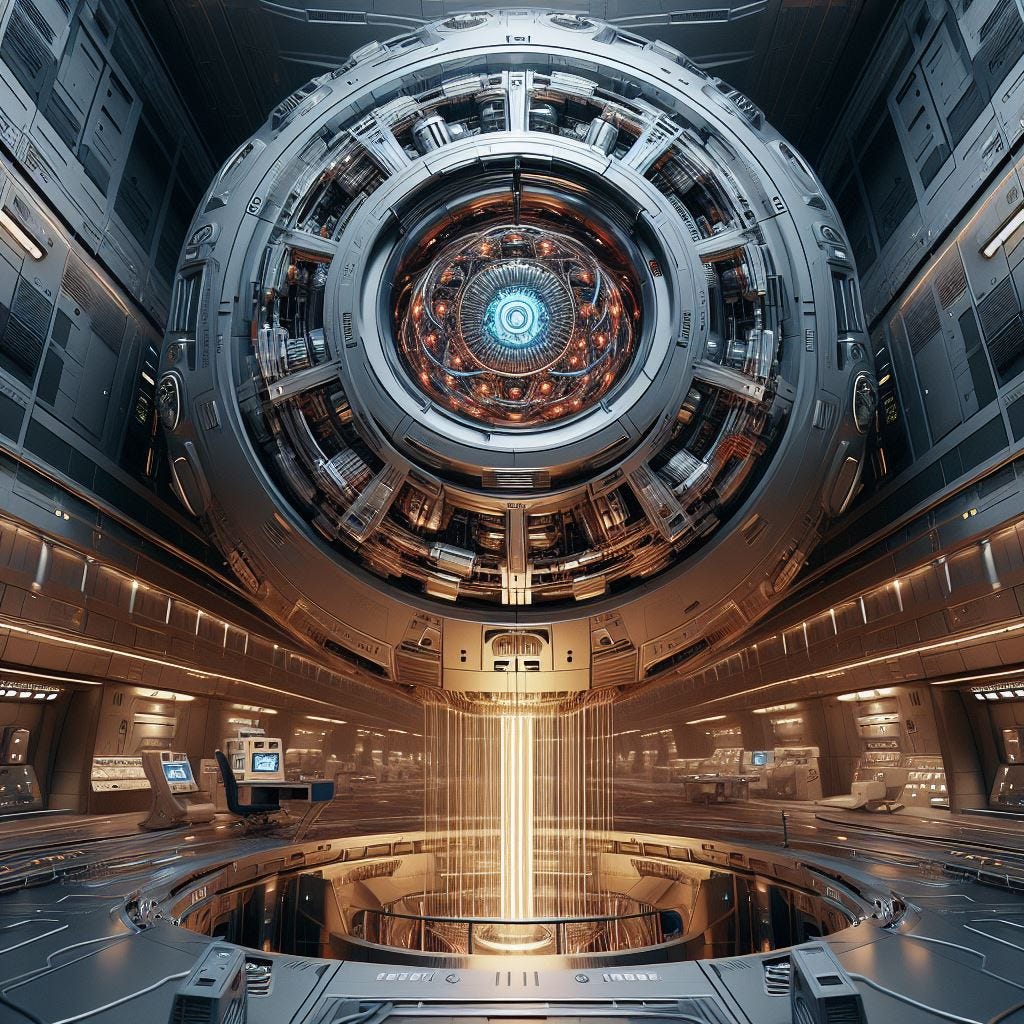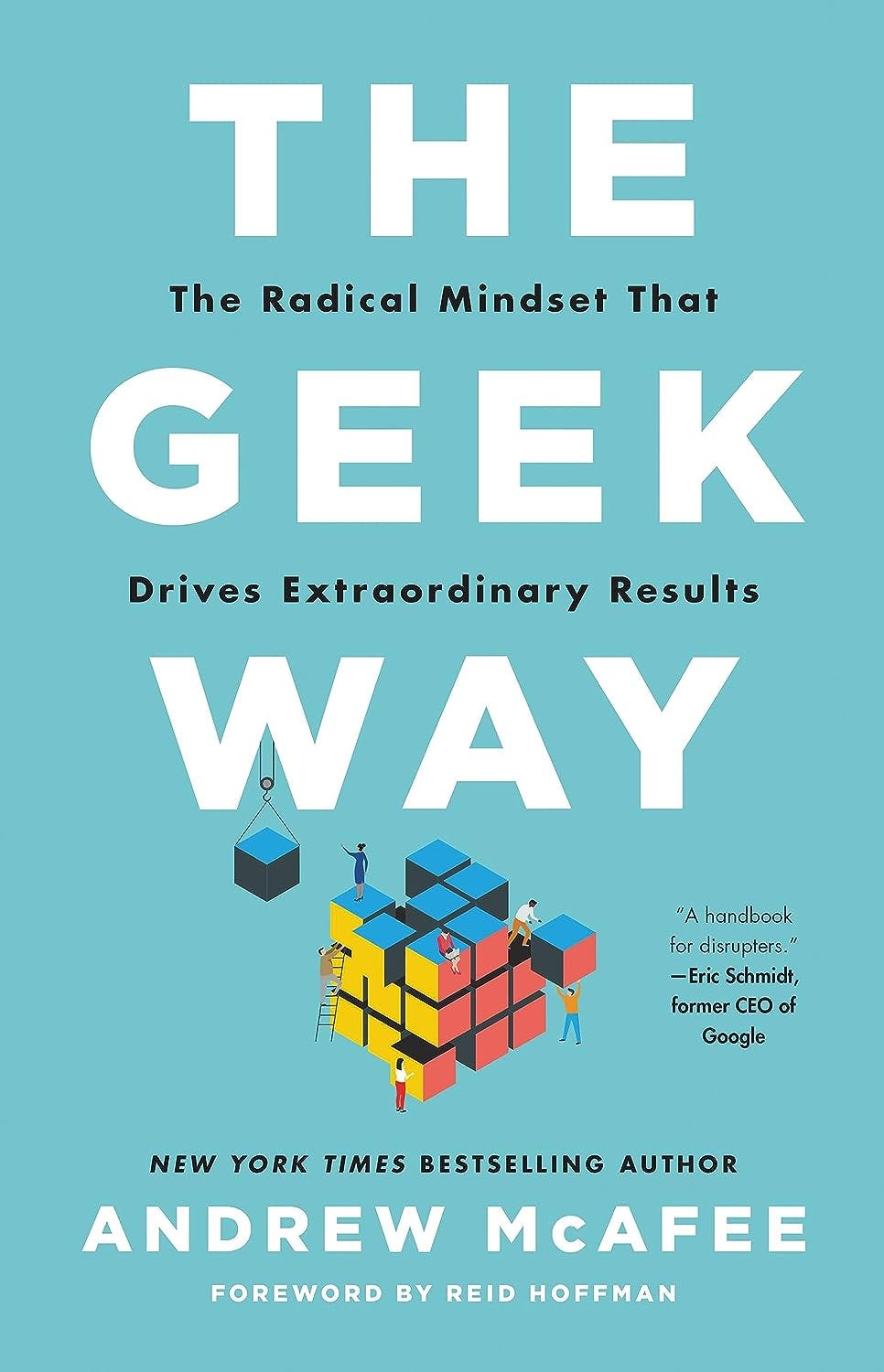🌐 My chat (+transcript) with James Walker of microreactor startup NANO Nuclear Energy
Description
Readers and listeners of Faster, Please! know how incredible the untapped potential of nuclear power truly is. As our society (hopefully) begins to warm to the idea of nuclear as an abundant, sustainable, and safe source of energy, a new generation of engineers and entrepreneurs is developing a whole new model of nuclear power: the microreactor.
Here on this episode of Faster, Please! — The Podcast, I talk with James Walker, a nuclear physicist and CEO of NANO Nuclear Energy about the countless applications of his company’s under-development, mobile, and easily-deployable nuclear reactors.
In This Episode
* Why the microreactor? (1:14 )
* The NANO design plan (7:11 )
* The industry environment (11:42 )
* The future of the microreactor (13:45
Below is a lightly edited transcript of our conversation
Why the microreactor? (1:14 )
Pethokoukis : James, welcome to the podcast.
Walker: I would say the way NANO got going is probably of interest, then. When we first entered the nuclear space, and my background is a nuclear physicist, nuclear engineer, so I knew that there's a very high bar to entry in nuclear and there's a lot of well-established players in the space. But, really, when we actually took a look at the whole landscape, most of the development was in the SMR space, the Kairos, the Terra Powers, the NuScales, and we could see what they were doing: They were aiming for a much more manufactural reactor that could deploy a lot faster. It was going to be a lot smaller, fewer mechanical components, smaller operating staff to bring down costs. So that all made a lot of sense, but what I think was missing in the market—and there are a few companies involved in this—was that the microreactor space looked to be the larger potential market. And I say that because microreactors are more readily deployable to places like remote mining sites, remote habitation, disaster relief areas, military bases, island communities… you put them on maritime vessels to replace bunk fuel, charging stations for EV vehicles... Essentially hundreds of thousands of potential locations competing against diesel generators, which, up until now, up until microreactors, had no competition. So the big transformative change here is—obviously SMRs are going to contribute that, but—micro reactors can completely reshape the energy landscape and that's why it's exciting. That's the big change.
You gave some examples, so I want you to give me a couple more examples, but I'll say that I was thinking the other day about the expansion, partially due to AI, of these big data centers around the country. Is that the kind of thing—and you can give me other examples, as well—of where a much smaller microreactor might be a good fit for it, and also tell me, just how big are these reactors?
AI centers and data centers are particularly a big focus of tech at the moment. Microsoft even have people deliberately going out and speaking to nuclear companies about being able to charge these new stations because they want these things to be green, but they also want them in locations which aren't readily accessible to the grid. And a lot of the time, some of the power requirements of these things might be bigger than the town next to them where they've got these things. So their own microreactor or SMR system is actually a really good way of solving this where it's zero carbon-emitting energy, you can put it anywhere, and it is the most consistent form of energy. Now you can out-compete diesel in that front, it can go outcompete, wind or solar. It really has no competitors. So they are leaning in that direction and a lot of the big drive in nuclear at the moment is coming from industry. So that's the big change, I think. It's not strictly now a government-pushed initiative.
What's the difference between these and the SMR reactors, which my listeners and readers might be a little bit more familiar with?
SMRs, the small modular reactors, obviously if you think of a large conventional nuclear power station, you're thinking dozens and dozens of acres of land being occupied by essentially a big facility. An SMR brings that down by an order of magnitude. You still need to probably have an area about 10 city blocks, but the reactor itself is much, much smaller, occupied by a much smaller footprint than that.
Microreactors are much smaller, again, so if you take our design as an example, the whole system, the core and the turbine that produces the electricity, all fits within an ISO container. If you think of the standard shipping container you see on the back of a ship or you see on the back of a truck or a train, that's where you're really looking at. And the reason for that is that we're trying to make it as deployable and as mobile as possible. So conventional transportation—infrastructure, trucks, trains, ships—get these things anywhere in the world. Helicopter them in, if you really want. And once they're down there you've got 10, 15, 20 years of power consistently without that constant need to import fuel like you would with the diesel generator. That's the real big advantage of these things. Obviously SMRs don't have that ability, but they are more powerful machines. So you're powering cities, or bit towns, and that kind of thing. They are catering to different markets. They're not exactly competitors, they're very complimentary.
But even for big grid systems, micro reactors could play a big part because they could be intermittently placed within a grid system so that you have backup power systems all the time that's not reliant on one major area to produce power for the entire grid system. It can always draw power from wherever it needs. And there's a big advantage to micro correctors there.
Other examples of where microreactors could be used: We know that the military is very interested because they have an obligation to be able to self-power for at least two weeks. And obviously micros can take you well beyond that for, like, 50 years, so that easily meets their requirements. They're looking to get rid of diesel and replace them with microreactors and they're putting money in that space.
I would say a big market is going to be things like island communities that predominantly run on diesel at the moment, and that means it's expensive and it's polluting, and they're constantly bringing in diesel on a daily basis. Countries like the Philippines, Indonesia, where they have the majority of their population on these island communities that all run on diesel, you would essentially be taking hundreds of millions of people off diesel generator and putting them onto nuclear if you could bring in that technology to these areas.
And the US actually has an enormous population on island communities that run on diesel, too, that could be replaced with microreactors, and you could then have a zero carbon-emitting solution to energy requirements and less energy insecurity.
The NANO design plan (7:11 )
Would they need to be refueled and how many people would it take? How many technical people would you need to operate one of them?
The idea here with our reactors is that we don't want to refuel at-site. What we would likely do is just decommission that reactor and remove it and we would just bring in a replacement. It's this less messy, there's no refueling process, it's easier to license that way. The interesting part about this is that we actually would probably only need a couple people on site while the reactor is running, and the reason for that is because obviously we need someone for physical security and maybe a mechanic on site who can just do some sort of physical intervention to modify the mechanical equipment.
The way these will likely work is that you'll have a central location where it monitors the behavior of dozens of reactors that are deployed at any one time. And you have all your nuclear engineers and your operators in that space and they monitor everything.
So you don't need a nuclear engineer at each site. And that way these things are very deployable and, to be honest, everybody who's going to work on these things are going to be quite bored. There's not going to be a lot to do because reactors are mostly self-regulating systems, and the intervention that's needed on a daily basis is very minimal. So even for the hub, it's mostly just an observation exercise to check on transient behavior as it's operating and then maybe some tweaks here and there, and that's essentially all that would need to be done for these things. And then you can bring down your OpEx costs very considerably.
So just a bit about the technology itself: You're working on two different reactors? Can you explain the differences in reactors and where they are in the development-deployment stage?
We have two expert technical teams working on two different reactor designs, and that's partly so we can de-risk our own operations. So we know that even if one meets critical problems, the other one will be able to go on, so we're just doubling our chances of success. The MO we gave to both of them was the same: It has to be modular, it needs to be passively cooling, it needs to be able to b

